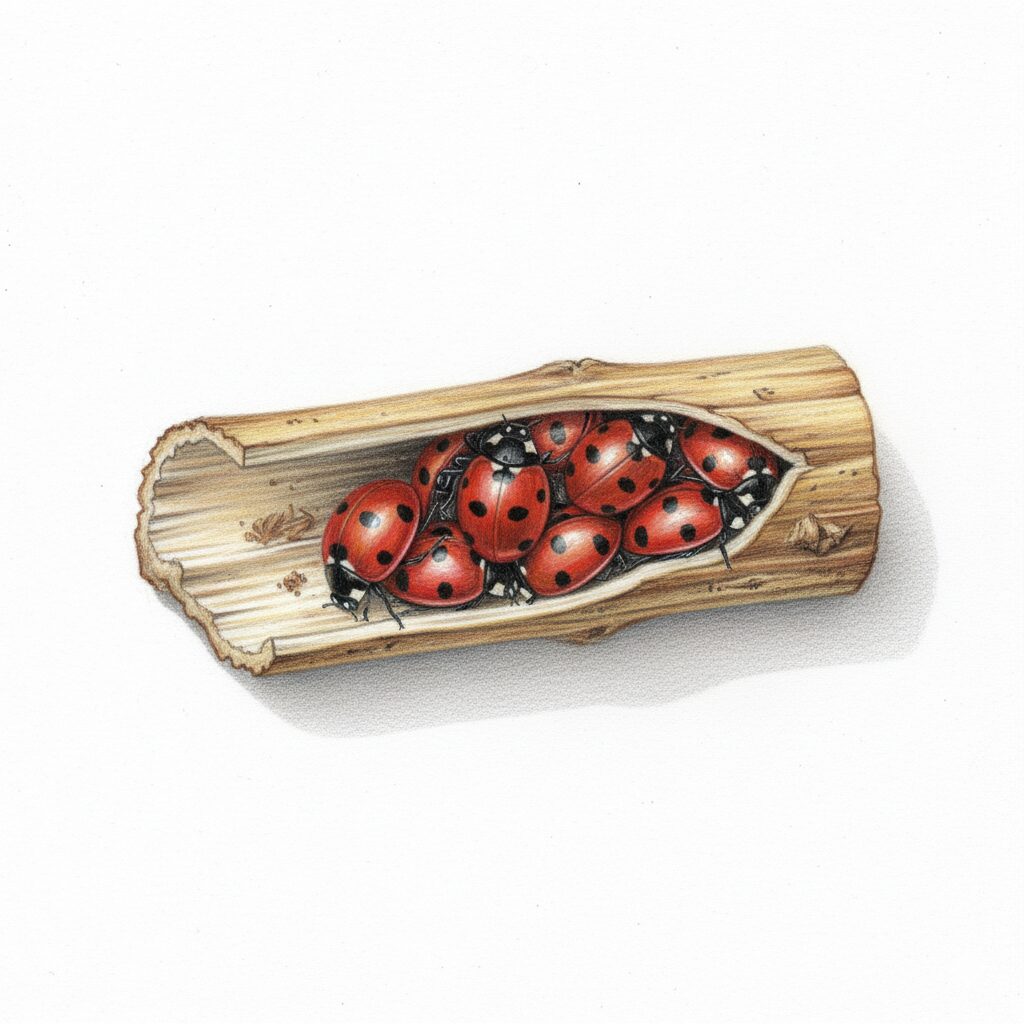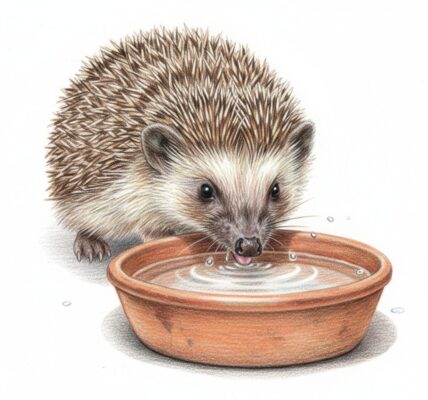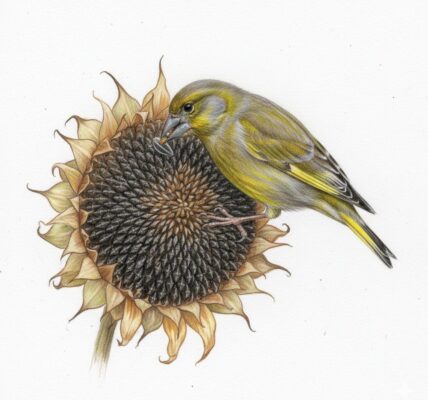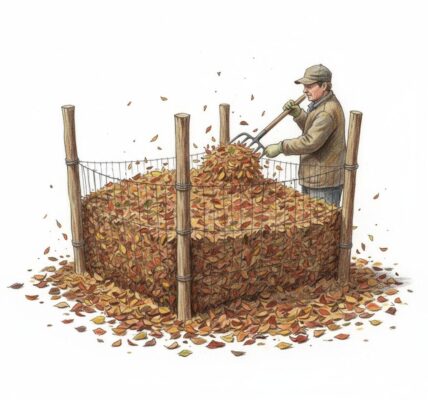
October brings a different set of tasks for the easy-care gardener, but the principle of supporting wildlife remains. As the last of the autumn flowers fade, it’s tempting to tidy up your borders and cut everything back. However, for a wildlife-friendly approach, this is the time to embrace a more relaxed, “leave it be” attitude. The key is to leave the spent stems and foliage standing. This provides crucial shelter for insects and small mammals who are looking for places to overwinter. A tidy garden might look neat to us, but a slightly wilder one is a haven for nature, offering a safe place for creatures to hunker down until spring.
Leaving plant debris also offers a natural source of food. Many plants, even after the seeds have been eaten, have stems that can shelter overwintering insects like ladybirds and lacewings. These insects are a natural form of pest control for your garden in the spring. Furthermore, the foliage and stems of plants like asters and sedums can be left to provide a layer of natural mulch, protecting the soil from harsh weather and adding nutrients back into the ground as they decompose. This low-maintenance method not only saves you work but also creates a self-sustaining ecosystem right in your own backyard, proving that the most beautiful gardens are often those that work with nature, not against it.
The aesthetic of an October garden is all about texture and structure. The dried stalks of perennials and ornamental grasses create a beautiful, architectural silhouette against the low autumn sun. When the first frosts arrive, these frosted stems and seed heads become a striking feature, adding a touch of winter magic to your landscape. This “winter garden” look is a key part of modern, sustainable design and showcases a different kind of beauty—one that celebrates the natural cycle of growth and decay. By resisting the urge to have a perfectly manicured space, you’re not just supporting wildlife; you’re also creating a garden with year-round interest that requires minimal effort on your part.




